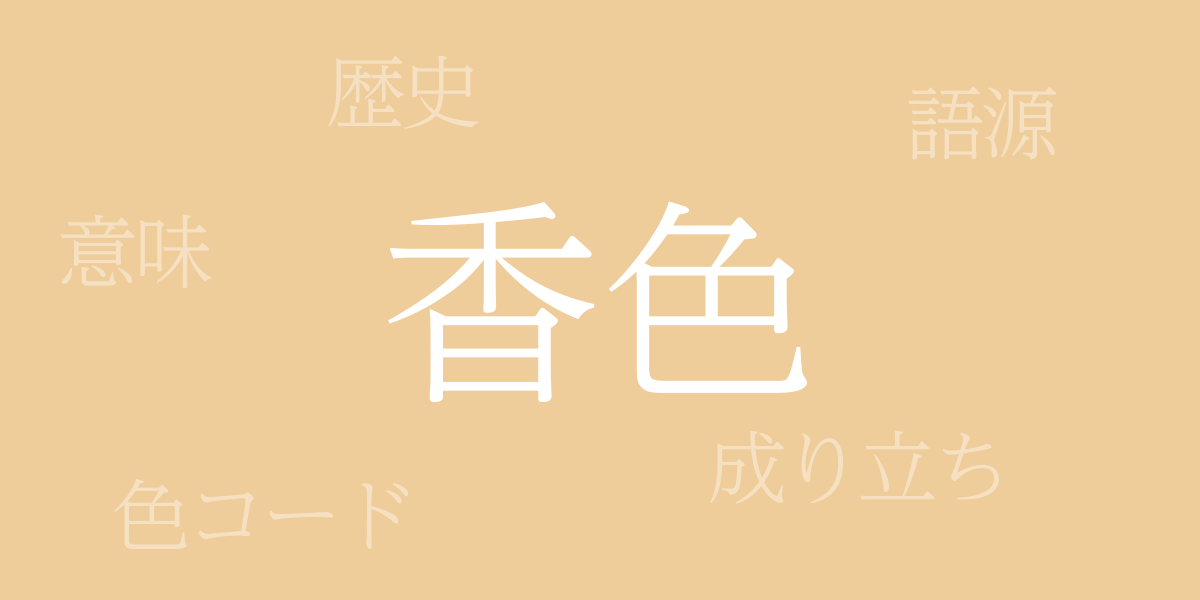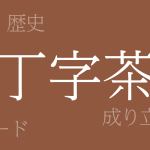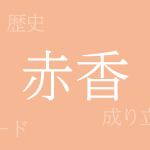The traditional colors of Japan breathe with beauty and deep history. Among these, “Koh-iro (香色 – こういろ)” is known for its unique warmth and calmness, evoking the essence of Japanese culture. This article delves into the allure of Koh-iro, exploring everything from its hue to its history and color codes.
About Koh-iro (香色 – こういろ)
Koh-iro (香色 – こういろ), one of Japan’s traditional colors, is a light yellow-brown. Its name originates from the color of aromatic resins extracted from fragrant woods, deeply rooted in Japanese life. This warm color has been used in kimonos and Japanese paintings, among other traditional crafts.
The History of Koh-iro
Koh-iro has been used since the Heian period, favored among the nobility. As time progressed, it became popular among the common folk during the Edo period, finding its way into kimonos and pottery. This color is closely associated with the culture of admiring the four seasons in Japan, especially loved for expressing the serene mood of autumn.
Color Code of Koh-iro
In digital design and web production, the following color codes are used to replicate Koh-iro:
- HEX: #EFCD9A
- RGB: R:239 G:205 B:154
- CMYK: C:9 M:25 Y:43 K:0
Western Name for Koh-iro
In the West, Koh-iro is often referred to as “Raw Sienna” or “Buff”. These names describe warm, natural earth tones, similar to Koh-iro, providing a gentle and calm impression.
Conclusion on Koh-iro
Koh-iro, with its history and beauty, continues to be cherished as a traditional Japanese color. Its unique hue is perfect for designs and artworks that wish to incorporate a Japanese aesthetic. Through this article, we hope you have gained a deeper appreciation of Koh-iro’s charm and consider incorporating it into your lifestyle or creative endeavors.

























